Dear Professor, with the presentation "Promoting the development of marine economy associated with ensuring national defense and security after the merger of the three provinces of Lam Dong - Binh Thuan - Dak Nong in the period of 2026 - 2030, vision to 2050" presented by the professor at the conference, the audience felt joyful and hopeful before a new potential marine economic center...
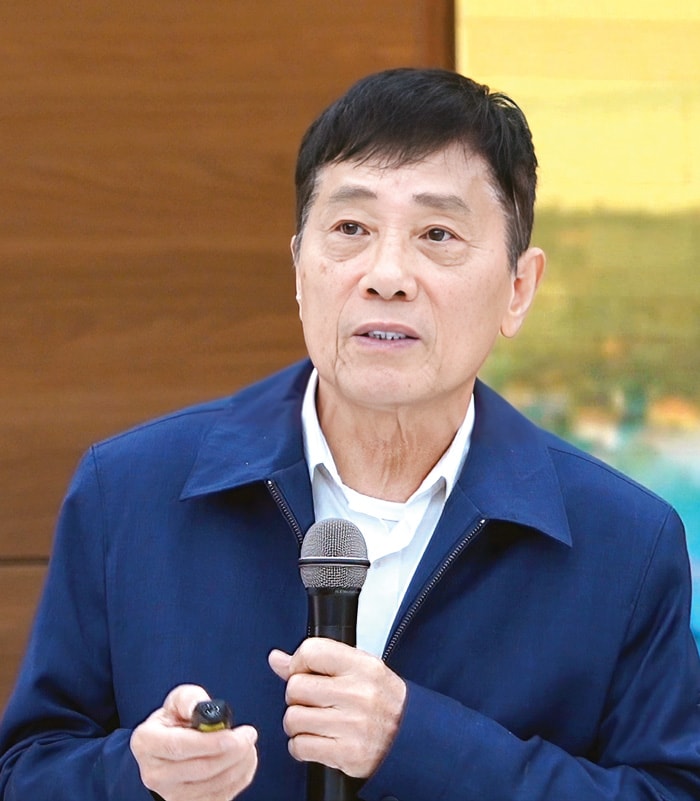
Lam Dong has many conditions to become a strong marine economic center, when it is currently at the top of the country in terms of natural conditions, shown in 3 aspects. That is having large fish reserves; renewable energy; sea and island tourism, including sand tourism. As for terrain conditions, it is also very different, when there is an upwelling area, warm sea all year round with very good natural advantages. Besides, there are geopolitical conditions, when bordering the key economic zone in the South. In particular, this marine economic center has a huge rear area stretching up to the plateau with the largest area in the country. That rear area has special raw materials for marine economic development but at the same time is also a consumer market for itself.
It is worth noting that the development of Lam Dong's marine economic center is currently in line with the world's trend, when the marine economy is playing a particularly important role in global development. Especially new marine economic sectors, such as renewable energy, marine biological products... This sector is very suitable for the application of pioneering technologies such as artificial intelligence, chips... Thus, in the direction of marine development, Lam Dong is following the world. As for Vietnam, Lam Dong has the need, the background, and the advantages to develop.
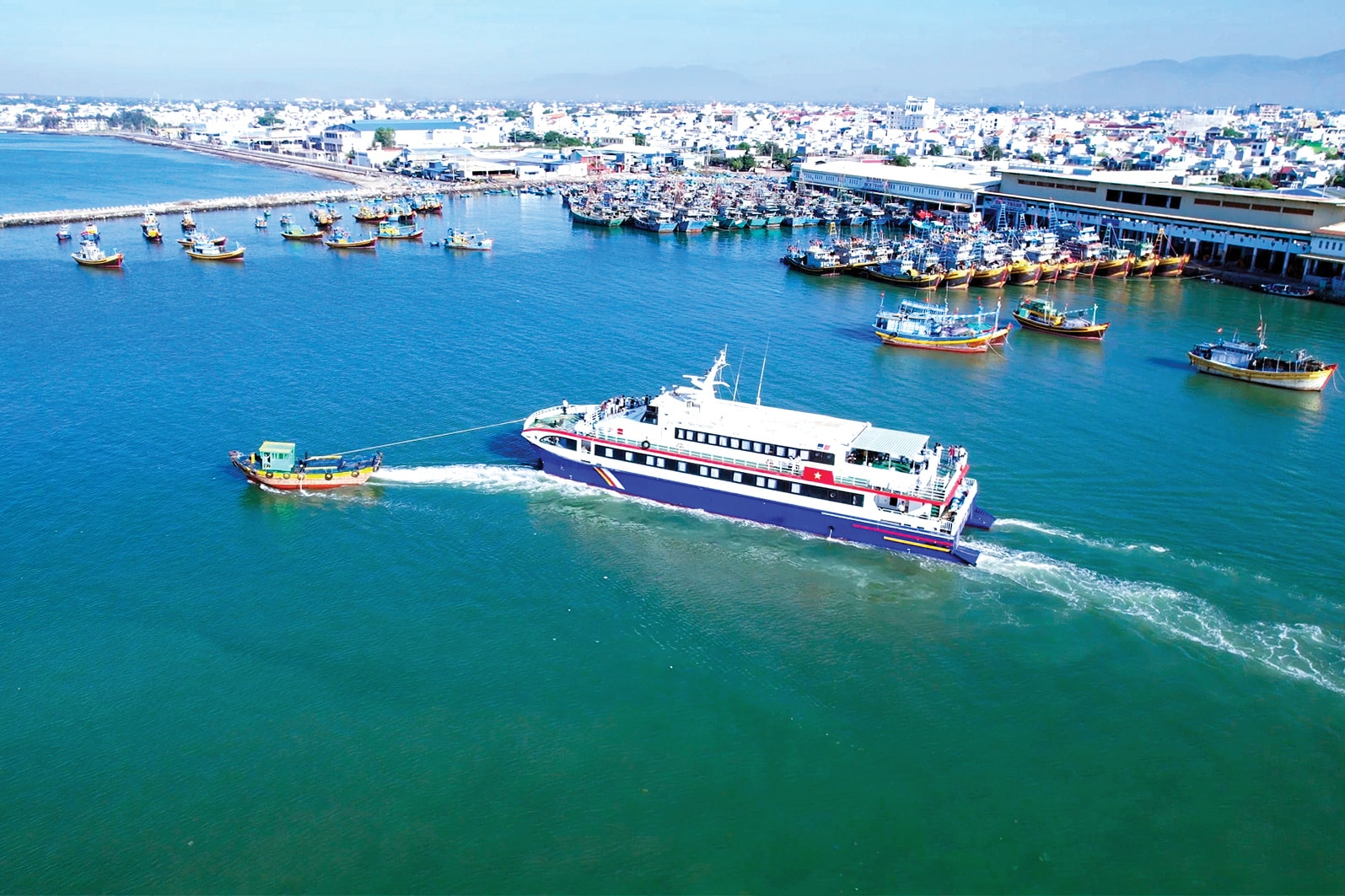
So in that general economic sector, which sector do you consider to have the most potential and to be the most outstanding in this trend, professor?
I am interested in the green and circular processing industry. In addition to titanium mineral processing, the coastal area of Lam Dong is a place with enough energy, enough safe space, enough water for cooling. Because the aluminum ore processing industry is extremely energy-consuming and with the current energy, the western region of Lam Dong cannot meet the demand. Because of the lack of cooling water, transportation costs are high. Now, instead of transporting by car, a pipeline is built from Gia Nghia to the coastal area. After filtering sand... the ore is released through the pipeline to the sea for processing, then exported. According to the plan of the aluminum group in Gia Nghia, the above method brings a lot of efficiency increase, reduces costs, so the unit is ready to compete with any country that produces aluminum, because the price is the cheapest in the world.
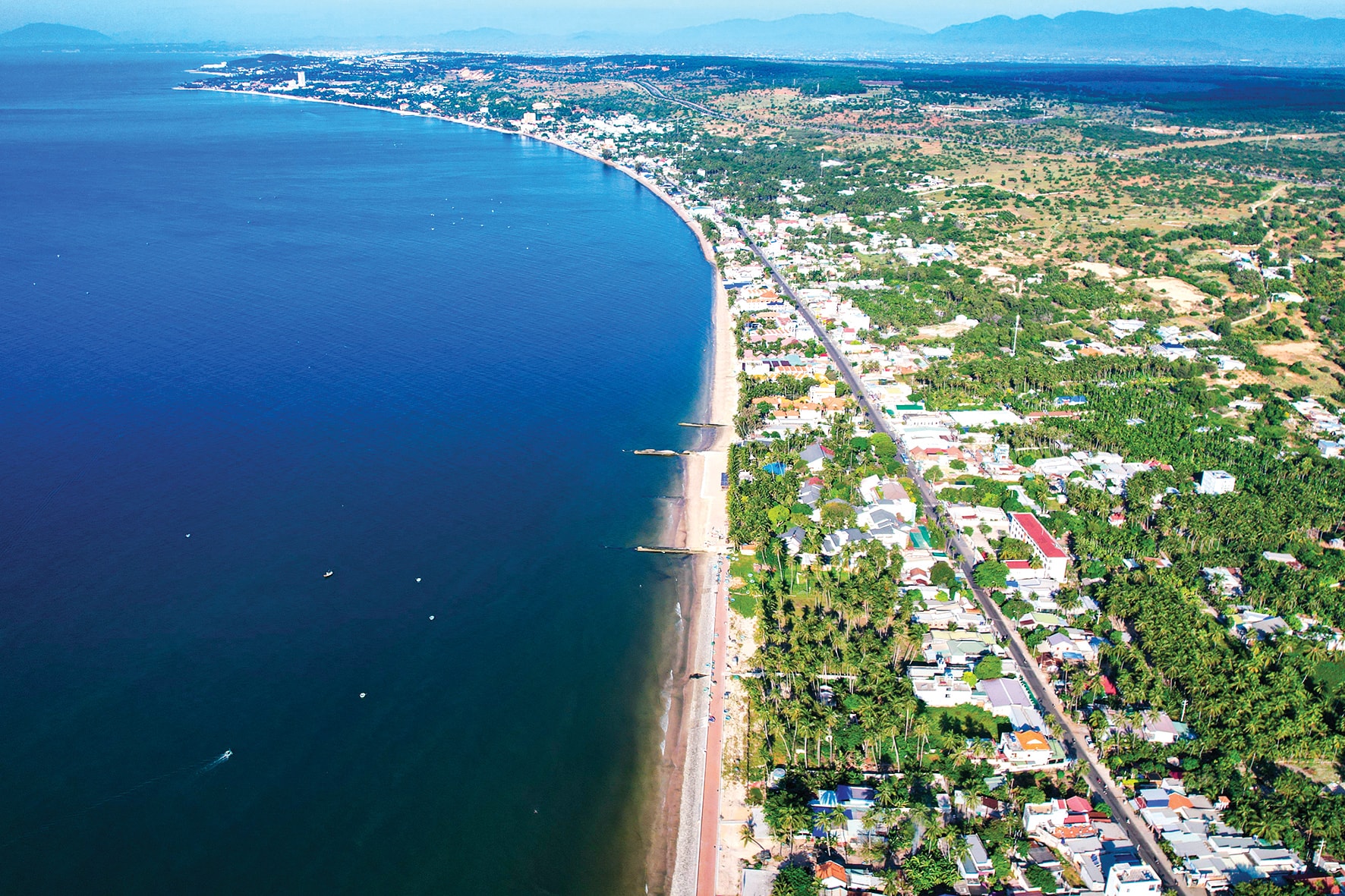
Professor, is it feasible to build a pipeline hundreds of kilometers long?
In terms of technology, it is completely feasible. The world has done pipelines, but if we build a pipeline from Gia Nghia to the coastal area of the province, no one has as long as Lam Dong, but if so, we will divide it into 2 stages. Like the 500 kV line at that time, the longest in the world, people were afraid of power loss but the Central Government still insisted on doing it and in fact it brought great value. Here, we have to calculate the difference in height, gravity and even the technological secrets that must be learned and purchased to ensure feasibility. The second feasibility is that the prerequisites for producing this product in coastal areas such as space, electricity, and water are already available.
The most difficult thing remaining is the initial capital to build the pipeline, to build 3 factories. According to the pre-feasibility project on the above construction, it shows high efficiency will certainly mobilize social capital.
Next is to research the transportation technology to transfer by pipeline with how smooth it is so that it does not stick to the wall, does not have the surface effect of the tank wall, size, speed... It must be tested. It is difficult but certainly feasible in terms of technique and technology.
The remaining content is equally important: institutional policies. There must be a series of accompanying policies so that the ore transportation pipeline runs smoothly, without affecting people living nearby, without affecting tourism. As for the aluminum market, with the current technology, the price of aluminum is already profitable. Add in the reduction of transportation costs, sufficient electricity, sufficient cooling water, and safe space, and Lam Dong's aluminum products will be globally competitive.
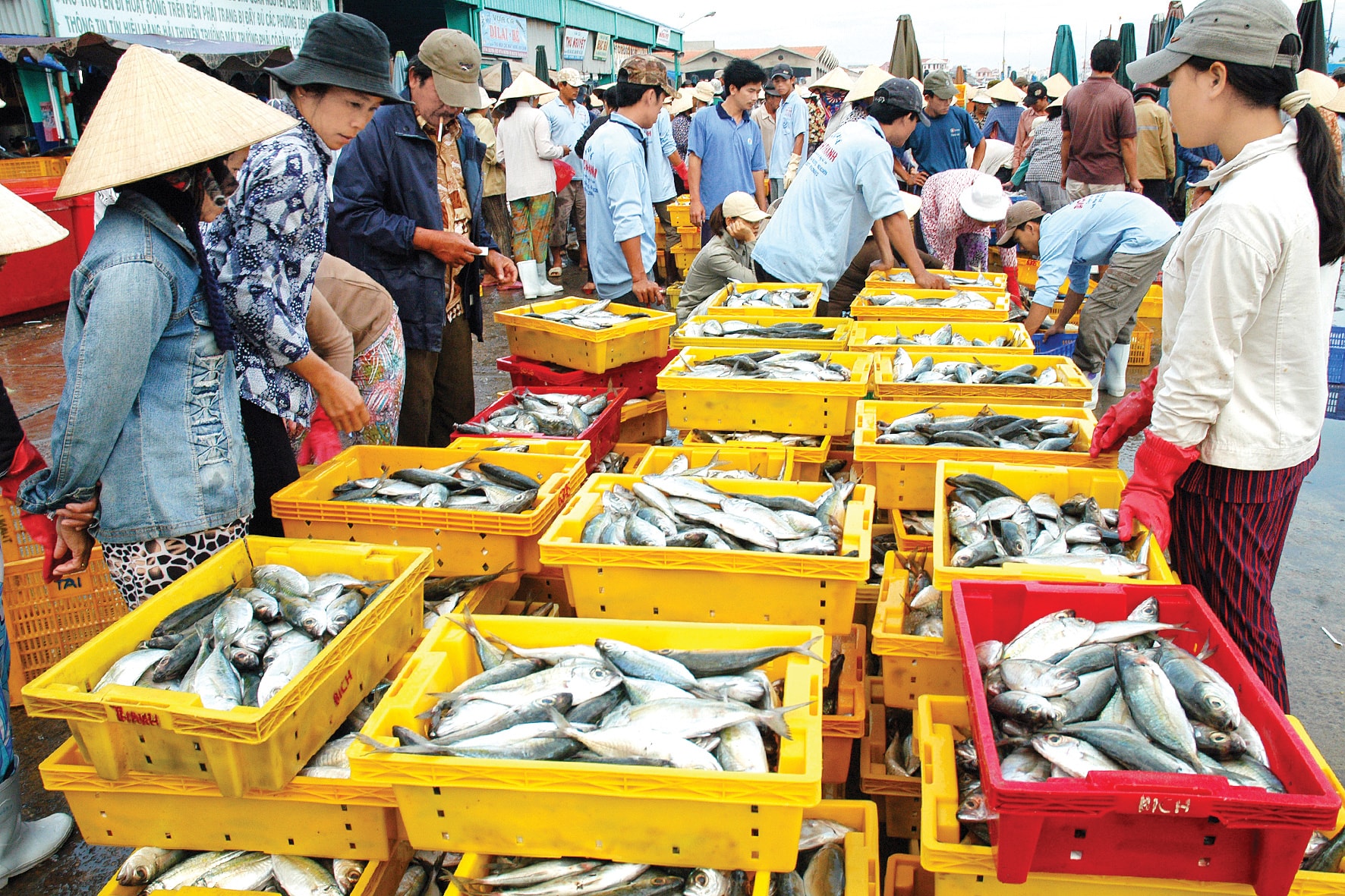
Many assess that Lam Dong has a unique economic region with diverse complementary strengths, stretching from the coast to the highlands. This economic model is too new, too large, according to the professor, has it existed in the world yet, where will we learn from to take a shortcut to success?
With this economic development model, Lam Dong should learn good lessons from each part in countries with similar factors. For example, Korea focuses on industry, export ports facing the sea; Japan is strong in tourism, both exporting and combining with the development of logistics infrastructure. Regarding tourism, we can learn from Hawaii's sea tourism; developing service infrastructure accompanying the port must learn from Singapore. With this development model, Lam Dong should not take the original from any country but should select the good things to integrate into the development of Lam Dong's marine economic center, which inherently contains many strengths.
Whether the implementation is feasible or not is entirely related to the provincial policy. Because the Central Government has a series of policies related to the development of marine economic centers such as Decree 36, Resolution 139, a series of Government decrees, and industry planning. Whether it is more or less feasible is the decision of the province, within the province. This breakthrough is related to the provincial level.
Besides the issues mentioned above, according to the professor, what is the decisive issue for the new marine economic center to develop soon?
In my opinion, it is people. Therefore, universities in the province focus on training human resources for the marine economy. What we cannot do, we will cooperate with training centers in Ho Chi Minh City and Hanoi. First, we will train human resources for management and leadership in the marine economic center, then a team of experts in leadership, design, and then operating engineers. I believe that Lam Dong has great sea, tourism, and agriculture. If we pay attention to the titanium and aluminum mineral processing industry, we will lead the processing industry in the country and in Southeast Asia.
Thank you very much professor!
Source: https://baolamdong.vn/gs-ts-nha-giao-nhan-dan-mai-trong-nhuan-lam-ong-co-nganh-kinh-te-bien-moi-phu-hop-xu-huong-the-gioi-382036.html


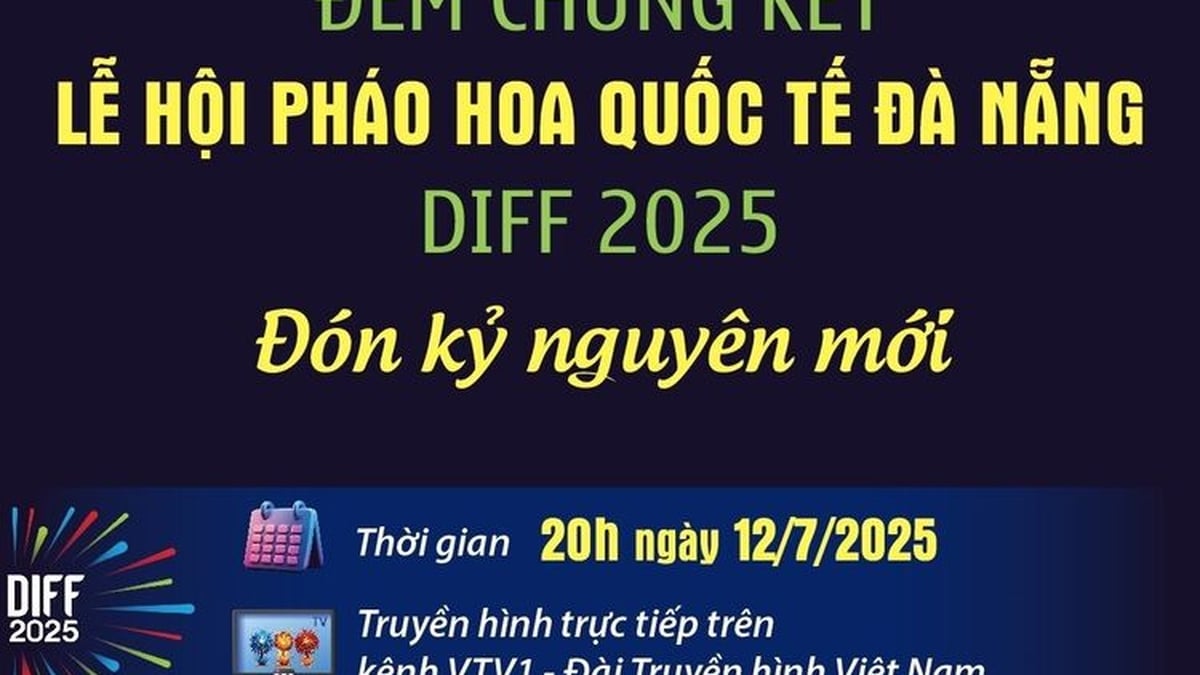

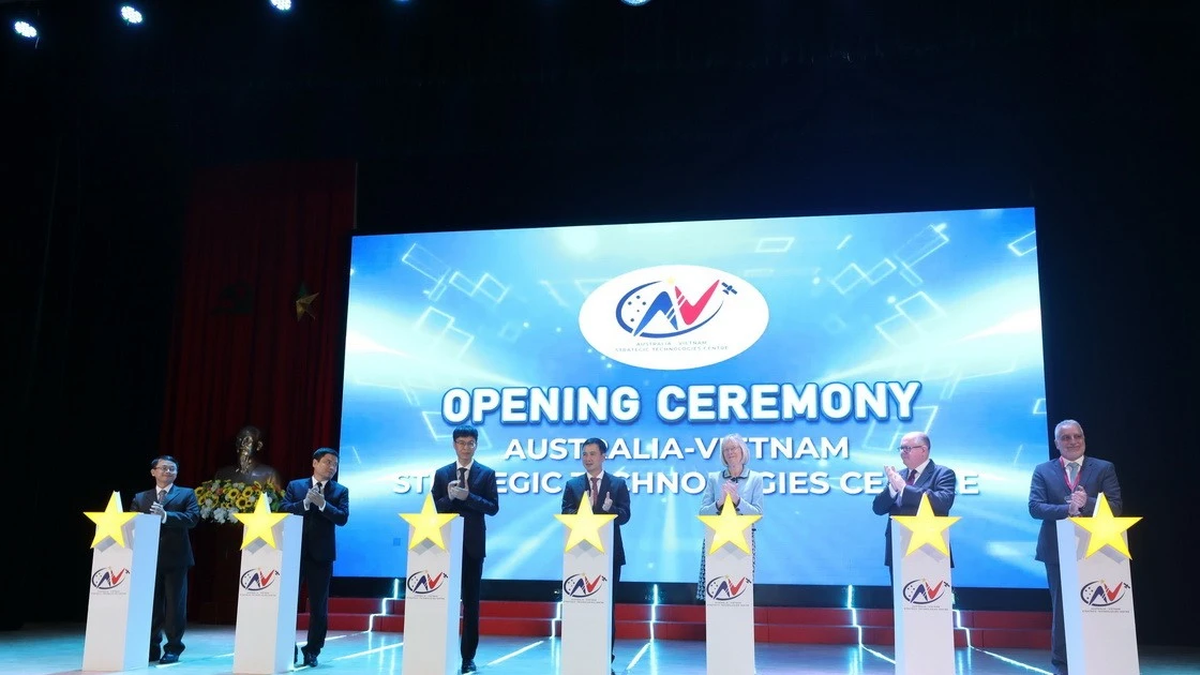

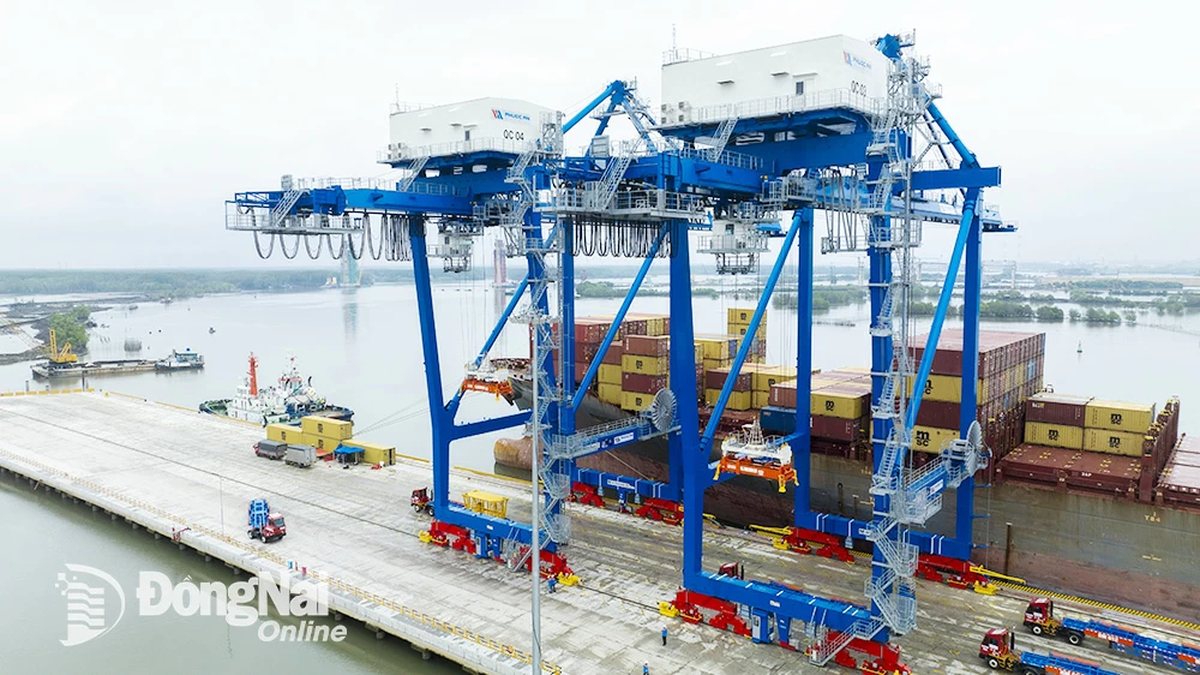
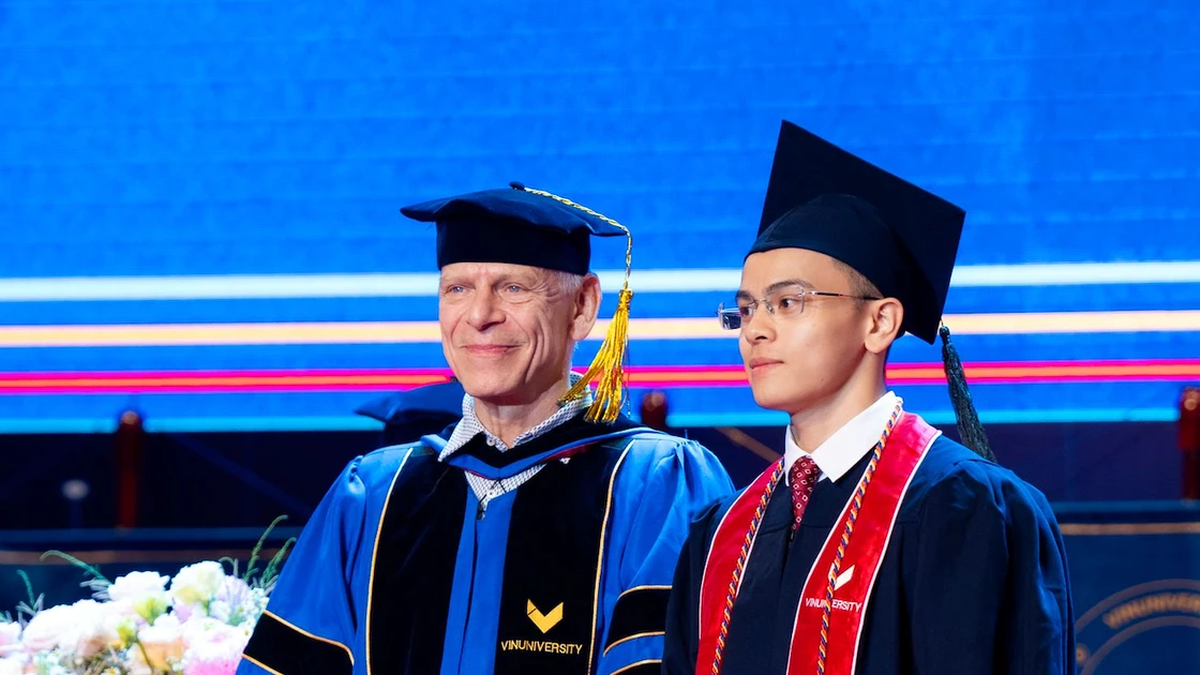


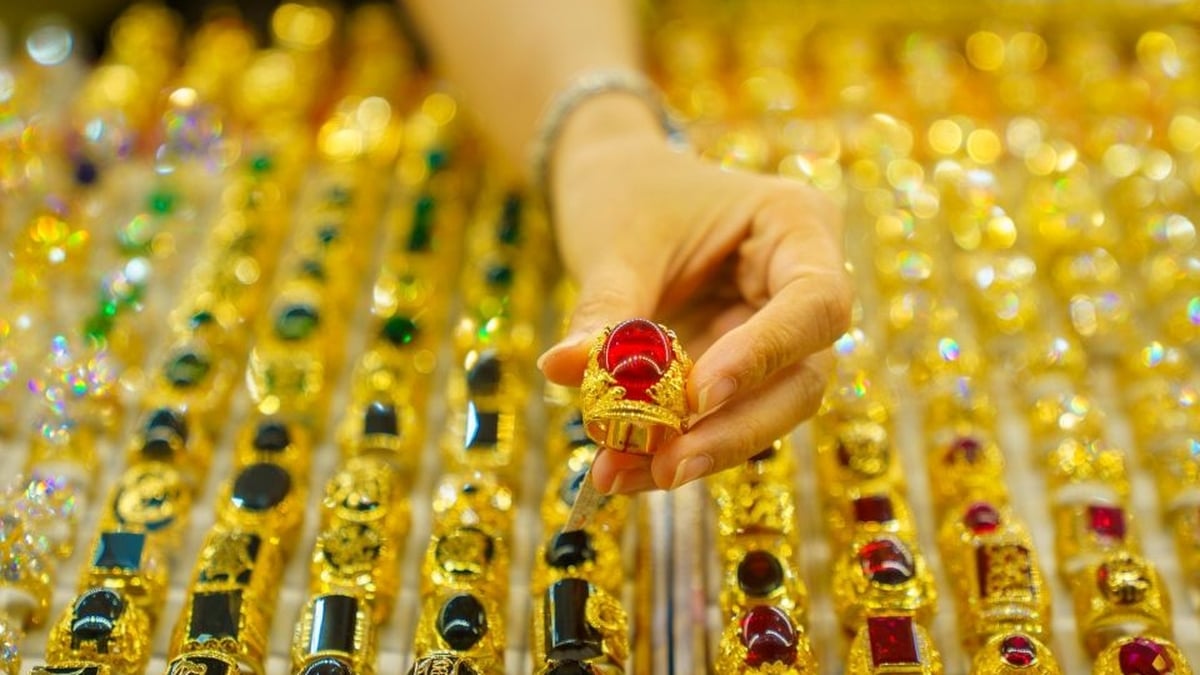
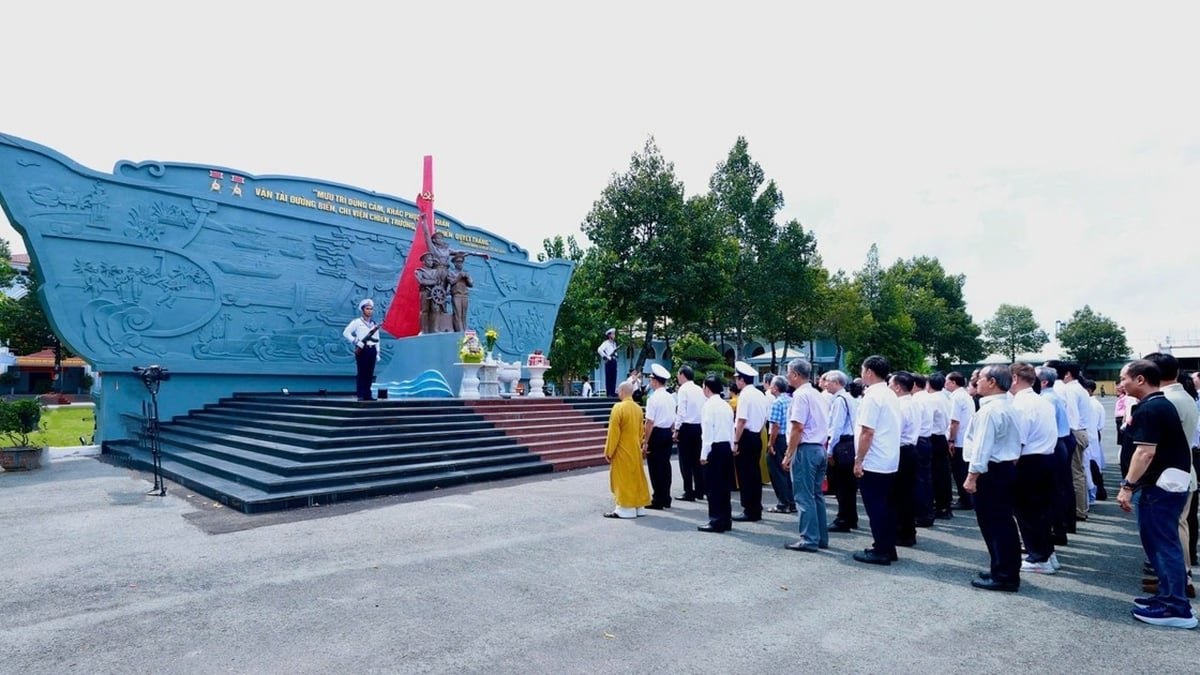














![[Photo] Gia Lai provincial leaders offer flowers at Uncle Ho's Monument with the ethnic groups of the Central Highlands](https://vphoto.vietnam.vn/thumb/1200x675/vietnam/resource/IMAGE/2025/7/9/196438801da24b3cb6158d0501984818)







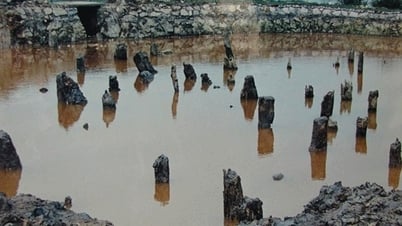

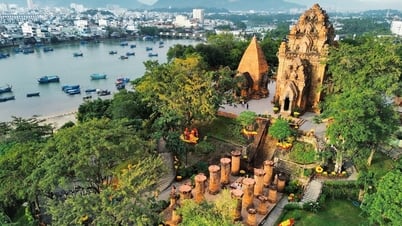

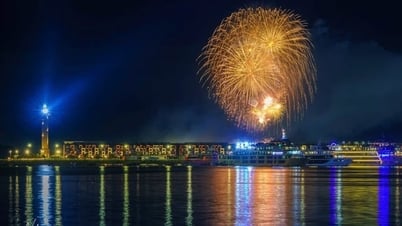

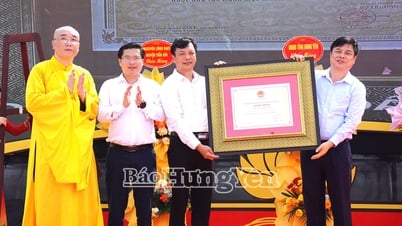

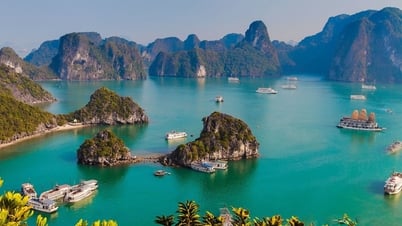



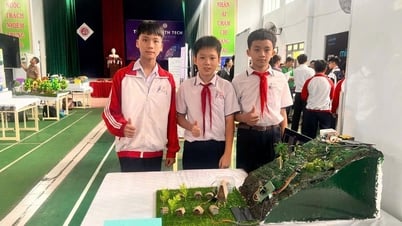
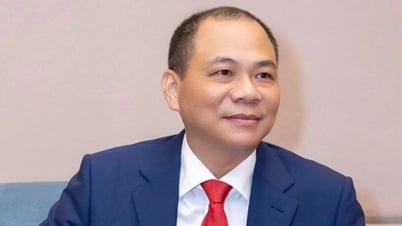

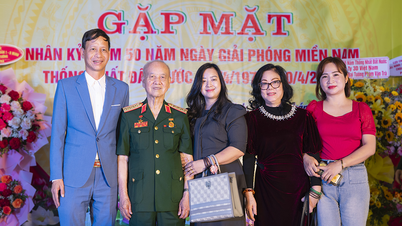

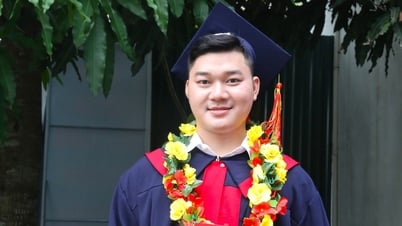







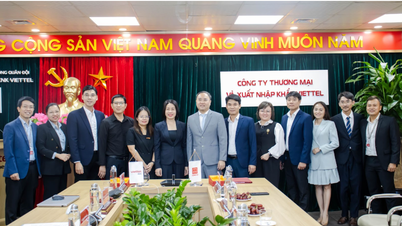
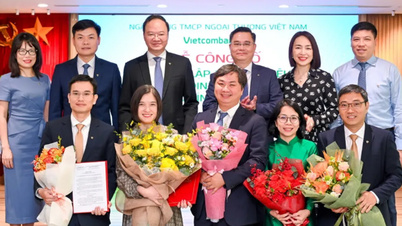
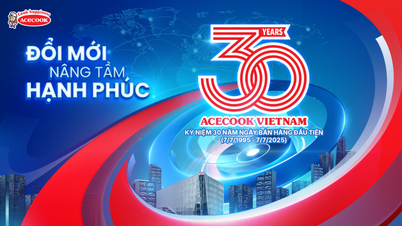

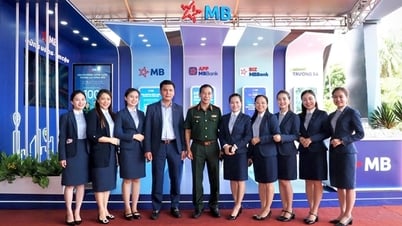
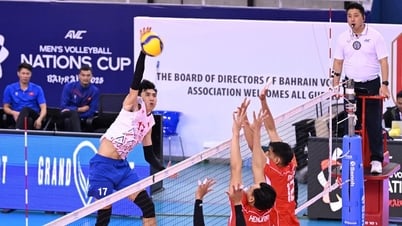




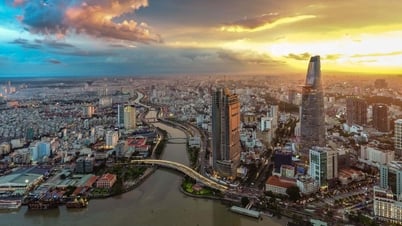


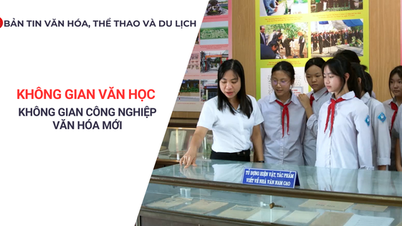

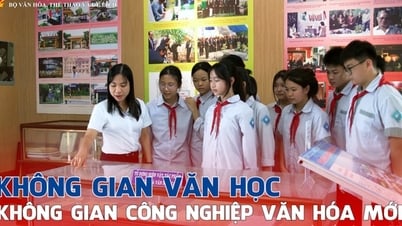
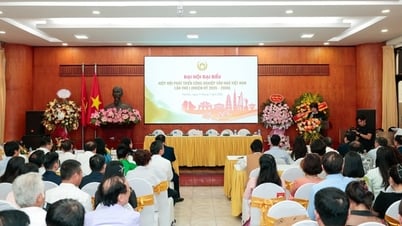
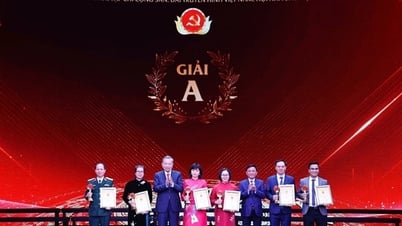
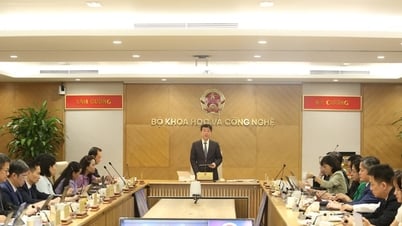














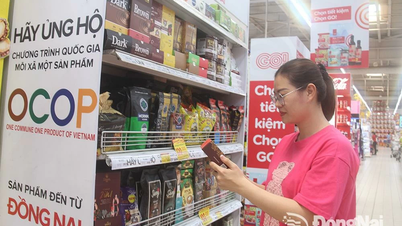








Comment (0)